Geoeconomics in Asia: The Perspectives of Asian Nations
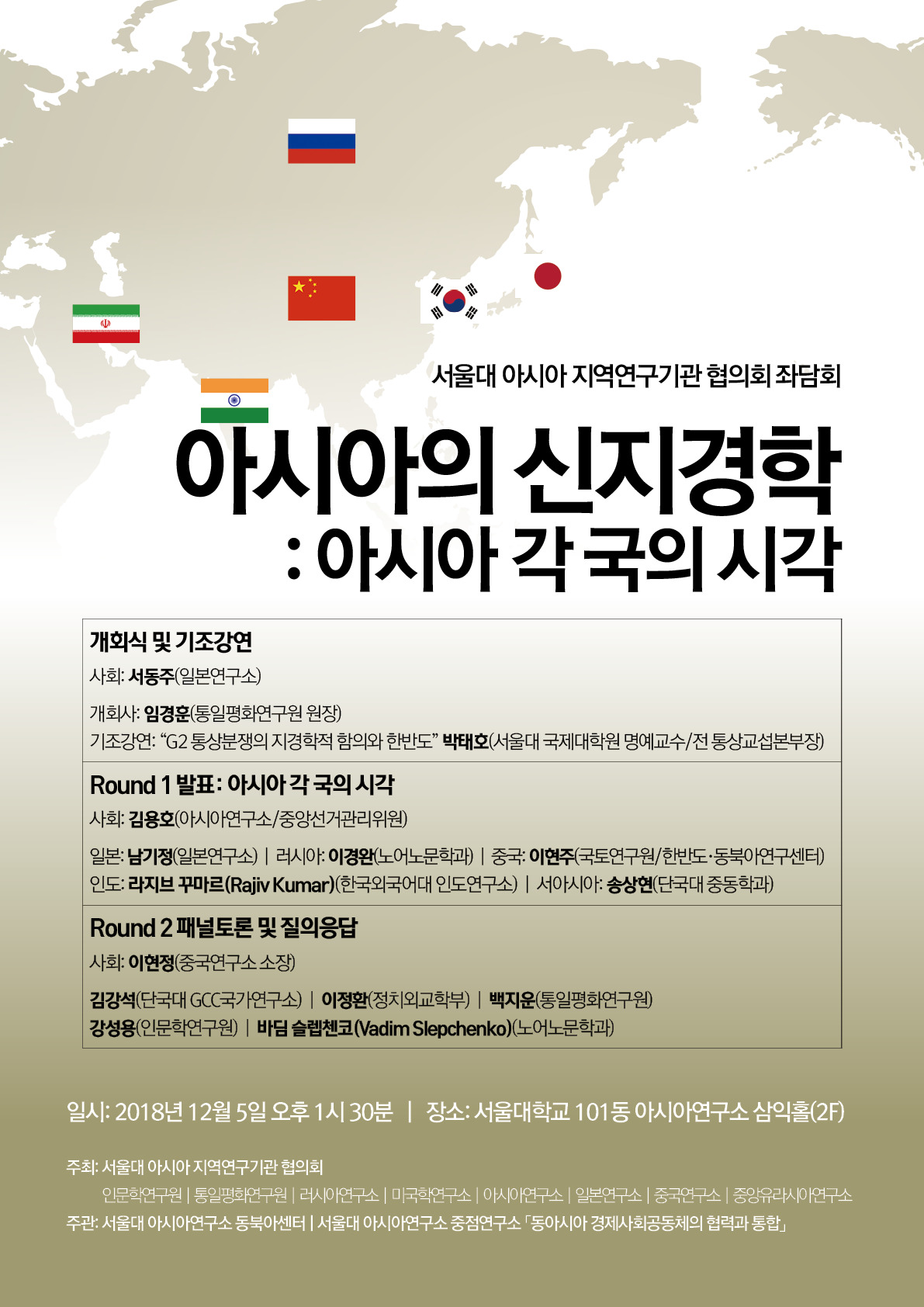
Symposium
- Date & Time: Wednesday, 5 December, 2018, 13:30-18:00
- Venue: Samik Hall (Room #220), SNUAC(Bldg#101)
- Organizer: SNUAC Northeast Asia Center
- Hosts: SNU Asia Regional Research Center Council (SNUAC; Inst. of Humanities; Inst. for Japanese Studies; Inst. for China Studies; Inst. for American Studies; Center for Central Eurasian Studies; Inst. for Peace & Unification Studies; Inst. for Russian, East European & Eurasian Studies)
- Inquiry: Seungjoon Lee / dltmdwns1108@snu.ac.kr
Abstract
The Seoul National University Asia Regional Research Center Council with the goal to promote cooperation and integration of regional research centers at SNU has agreed to organize regular and occasional meetings in various formats (e.g. academic conference, round-table talk. seminar, symposium) in response to the rapidly changing regional order in Asia. Accordingly, on April 9, 2018, a round-table was held regarding the South Korea-North Korea and North Korea-US summit meetings that have emerged as the essence of the regional situation in Northeast Asia. This round-table was organized in response to the rapid geo-economic changes in Northeast Asia as demonstrated via the expansion and the consequences of The Belt and Road initiative and the new economy map of the Korean peninsula and seeks to promote the comprehension of the current state of affairs in different Asian countries and share diverse perspectives. Experts on the Korean peninsula, China, Japan, Russia, and West and Middle Eastern regions are invited for the round-table that will discuss each country’s response patterns to the changing state of affairs in Asia from diverse perspectives.
Review

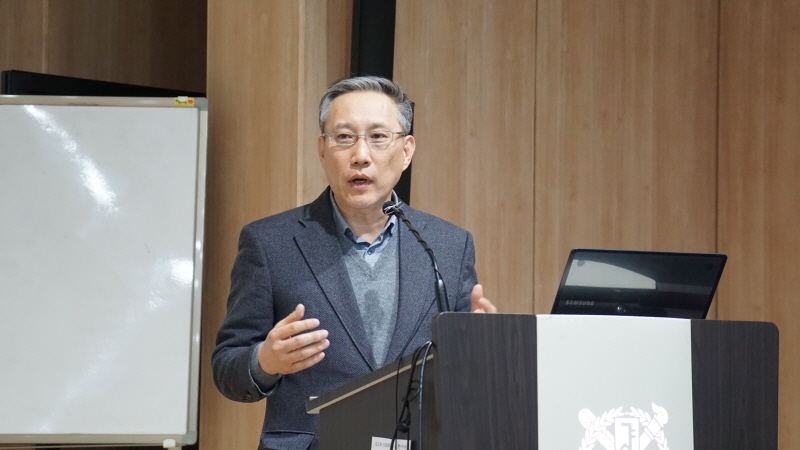
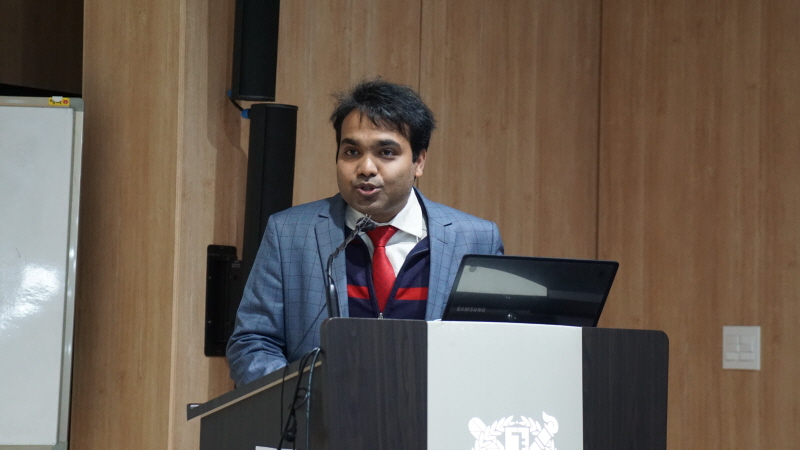
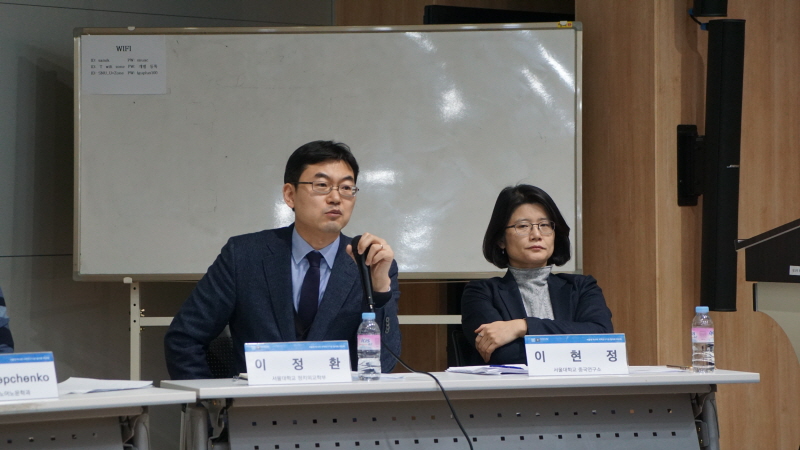

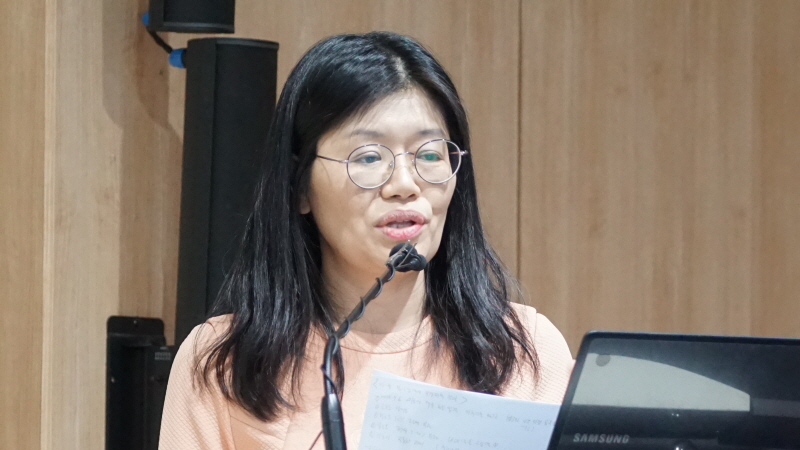
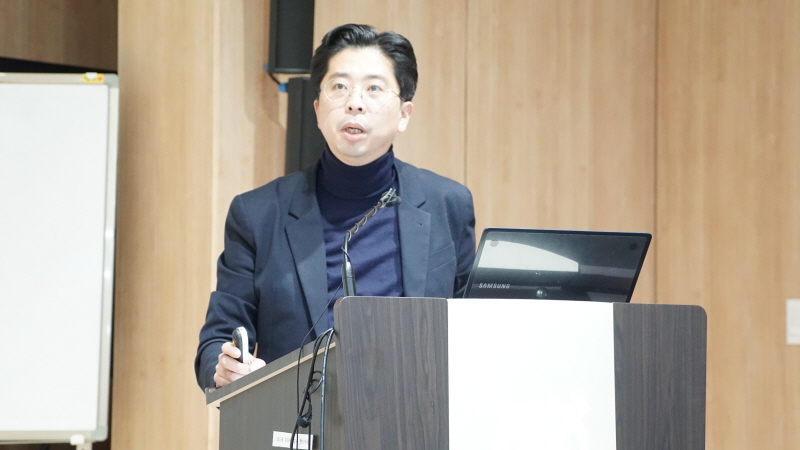

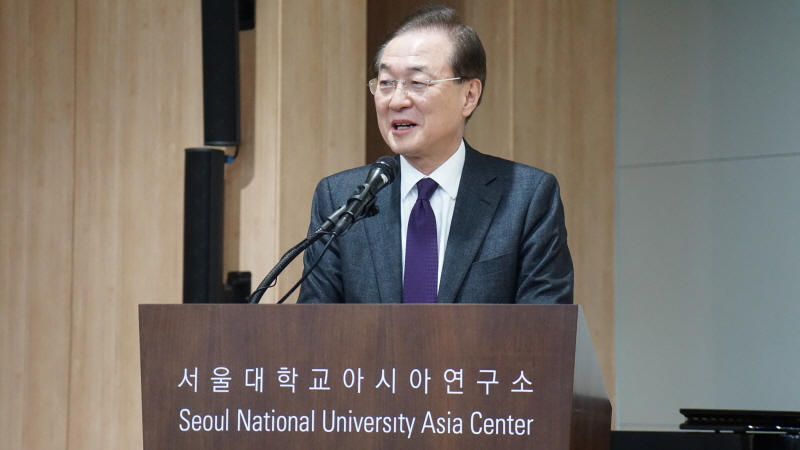
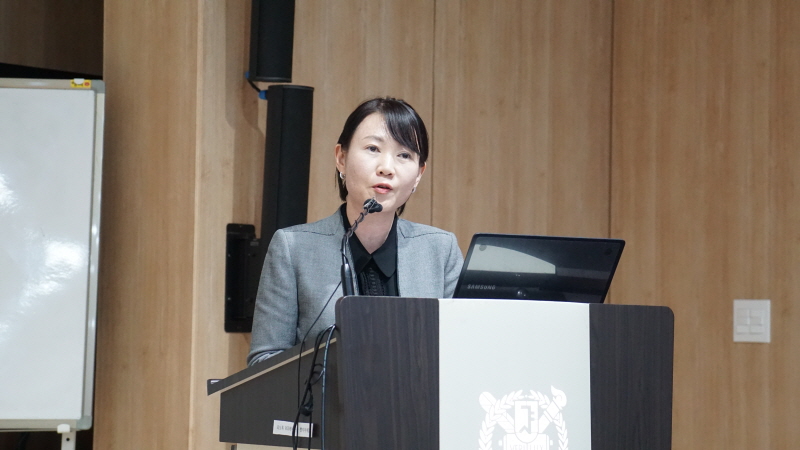
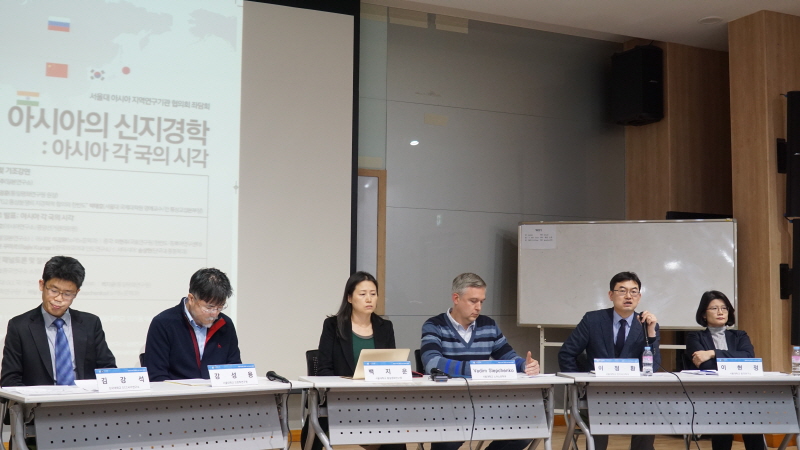
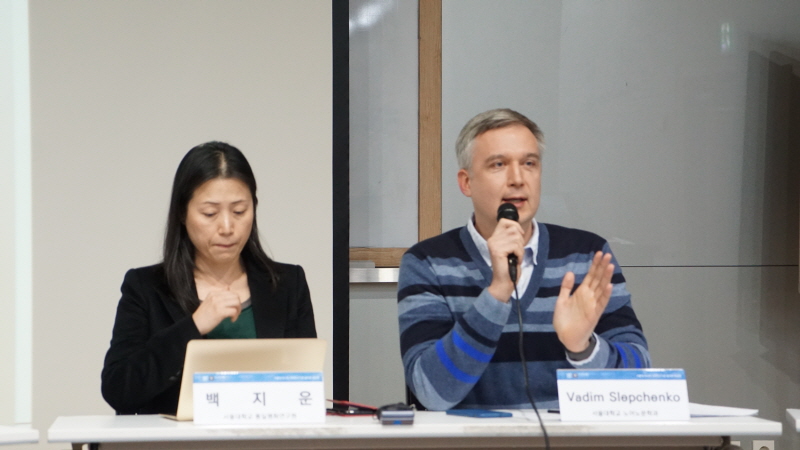
On December 6, 2018, the workshop titled “Geoeconomics in Asia: The Perspectives of Asian Nations” brought together experts and scholars from various Asian studies research institutions. This event was the second symposium, following the first symposium on North Korean nuclear crisis and summit meeting, organized by the SNU Asia Regional Research Center Council seeking to strengthen the exchange networks between institutions within and outside of SNU.
Searching for Asia’s Future in the Geoeconomic Significance of the G2(US-China) Trade Dispute
The US-China trade dispute began in July 2018 with US’s punitive tariff on China based on Section 232 of the Trade Expansion Act. Then the US announced its 10% tariff on $200 billion worth of Chinese goods which China promptly retaliated with 10% tariffs on $60 billion of US imports. What has started with the US’s sense of defeat that was aroused by the trade deficit worth approximately of $400 billion has led to ‘uncertainty’ in 2018 world economy with the title of ‘G2 Trade Dispute’ which also showed its bleak presence at the 2018 G20 Buenos Aires summit. The ‘uncertainty’ about the future also has an immense effect on the state of affairs in Asia. The participating nations at G20 summit urged for the end of retaliatory tariffs by the US and China and insisted China draw up measures for unfair trade practices. In such a context, the ‘middle power’ nations including the Korean peninsula are currently having difficulties in selecting a clear stance on the supremacy battle between the two nations which also are leading the global economy. The importance of embracing the norms and values of the international society and maintaining a consistent stand on the issue based on the understanding of the political and economic situation in Asian nations with respect to the effects of the endless G2 trade dispute that are spreading to other areas in the form of numerous supremacy battles is being strongly emphasized.
From Japan-Russia Relations and the Belt and Road Initiative to GCC
US President Trump’s “Indo-Pacific” strategy is rapidly expanding as a concept that may replace existing regional concepts in regards to maritime cooperation and various security issues. This strategy is significant in that it newly defines the alliance between the US and Asian nations aiming to cast the US as a trustworthy partner in the region as well as diminishing China’s power. The examination of the Japan-Russia relations is meaningful regarding the comprehension of the Japanese strategy as for the Indo-Pacific initiative. Japan cleverly displays the Abe administration’s ambition for territory towards the development of the Far East and maintains a positive economic relationship with Russia. Such a strategy by Japan is referred to as a model in which other Asian nations can benchmark within the macroscopic and multilateral cooperation framework.
Regarding the Belt and Road initiative (BRI), on the other hand, it is inviting conflicting responses since its initiation four years ago where the nations that are and are not benefiting from it are demonstrating discrepant positions. In such a circumstance where international criticism is intensifying, the convincibility of China’s propaganda of the BRI remains unknown.
Lastly, economic diversification is being promoted within Saudi Arabia and UAE involving the Gulf Cooperation Council, a regional intergovernmental political and economic union consisting of all six Arab states of the Persian Gulf except Iraq. It seems that economic diversification is an inevitable choice for these nations where there is a high dependency on the petroleum industry and continuously rising unemployment rate.
The New Geoeconomics in Asia
The community of Asia has great significance in terms of geoeconomics. The development of the US-China trade dispute leading to the Indo-Pacific initiative is currently being watched by the entire world with keen interest. The consensus on the need for Korea-Russia cooperation for the geoeconomic risk management and sustainable development of the Russian Far East indicate the geoeconomic significance of the Asian community. Similarly, keeping a close watch on the possible effects of GCC’s economic diversification that may bring changes in the state of affairs in the Korean peninsula is also needed. Thus, the need for a keen observation is proposed in regards to the future of the Asian community as a strong influencer with its geoeconomic significance.
